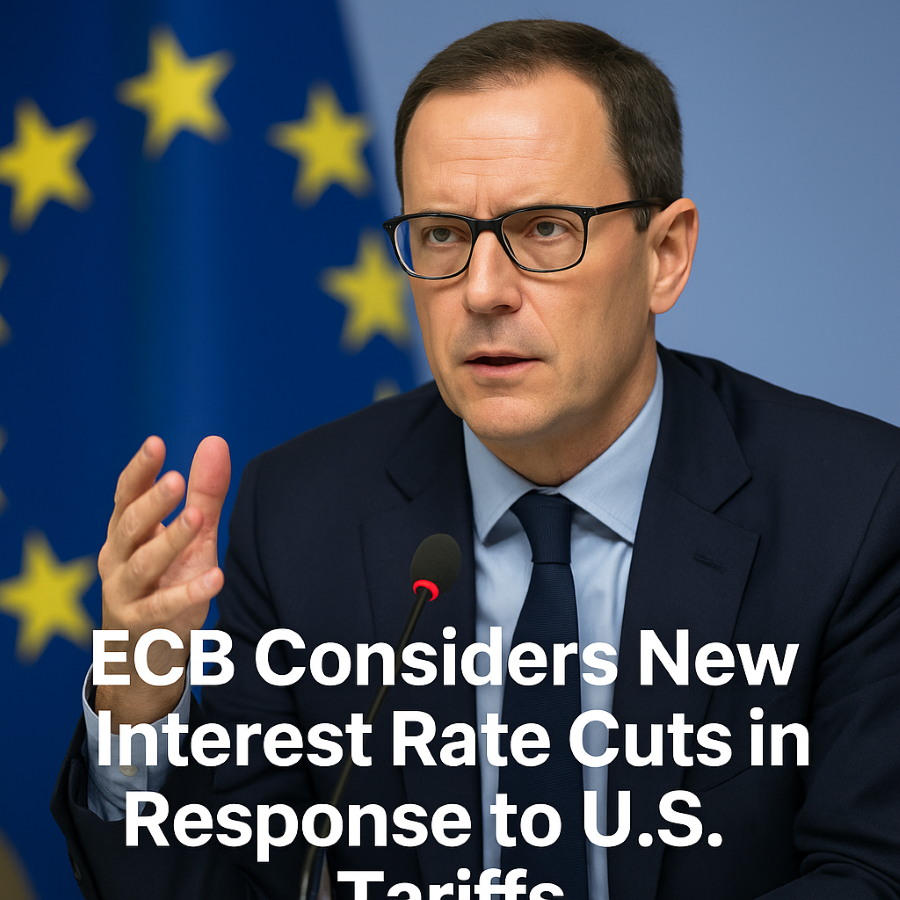Understanding ETFs: A Smart Way to Invest
Exchange-Traded Funds (ETFs) have gained popularity among investors looking for diversified, cost-effective, and flexible investment options. But what exactly are ETFs, and why should they be part of your investment strategy? In this article, we’ll break down the key aspects of ETFs and explore how they can be a smart alternative for both beginners and experienced investors.
What Is an ETF?
An Exchange-Traded Fund (ETF) is a type of investment fund that holds a basket of assets, such as stocks, bonds, or commodities, and is traded on the stock exchange like a regular stock. Unlike mutual funds, which are priced at the end of the trading day, ETFs can be bought and sold throughout the day, providing greater flexibility to investors.

How Do ETFs Work?
- ETFs track an index, commodity, or asset class, mirroring their performance.
- They can be passively or actively managed.
- Investors purchase shares of an ETF, gaining exposure to a diversified portfolio without buying individual stocks.
- ETFs offer liquidity, as they are traded on stock exchanges, making them easy to buy and sell.
Benefits of Investing in ETFs
ETFs have several advantages that make them an attractive investment option:

Diversification
By investing in an ETF, you gain exposure to a wide range of assets within a single fund, reducing the risk of individual stock volatility. For example, an ETF tracking the S&P 500 index gives investors access to the 500 largest U.S. companies, ensuring diversification.
Lower Costs
Compared to mutual funds, ETFs generally have lower expense ratios. This means investors can maximize returns by minimizing fees associated with management and transactions.
Liquidity and Flexibility
ETFs are traded on stock exchanges, allowing investors to buy and sell shares throughout the day at market prices. This is particularly beneficial for those who want to adjust their portfolios quickly in response to market changes.
Transparency
Most ETFs disclose their holdings daily, allowing investors to see exactly what they own. This level of transparency helps in making informed investment decisions.
Accessibility to Various Markets
ETFs allow investors to access different markets and asset classes that might be challenging to invest in individually. Whether you’re interested in emerging markets, technology stocks, or government bonds, there’s likely an ETF that suits your investment goals.
Types of ETFs
There are several types of ETFs tailored to different investment strategies:
- Stock ETFs – Track a specific stock index like the S&P 500 or Nasdaq.
- Bond ETFs – Invest in government, corporate, or municipal bonds.
- Commodity ETFs – Provide exposure to commodities such as gold, silver, or oil.
- Sector ETFs – Focus on specific industries like technology, healthcare, or energy.
- International ETFs – Allow investment in foreign markets.
Are ETFs Right for You?
ETFs can be a great fit for different types of investors:
- Beginners: ETFs provide an easy and affordable way to start investing with built-in diversification.
- Long-term Investors: Low fees and passive management make ETFs ideal for long-term wealth building.
- Active Traders: The ability to buy and sell ETFs throughout the day offers opportunities for short-term trading strategies.
How to Start Investing in ETFs
- Define Your Investment Goals: Are you looking for growth, income, or stability?
- Choose the Right ETF: Research different ETFs based on asset class, risk level, and performance.
- Open a Brokerage Account: Select a reliable brokerage platform that offers ETF trading.
- Start Investing: Purchase ETF shares and monitor their performance over time.
- Rebalance When Necessary: Adjust your portfolio periodically to align with your financial objectives.

ETFs offer a simple yet effective way to invest in various markets with lower costs and greater flexibility. Whether you’re a new investor or a seasoned trader, incorporating ETFs into your investment strategy can help you achieve financial growth while managing risk.




